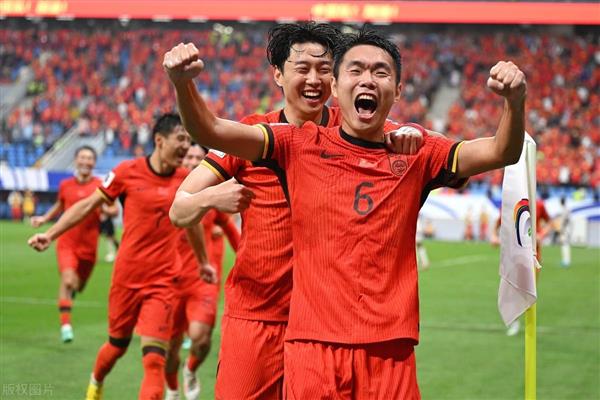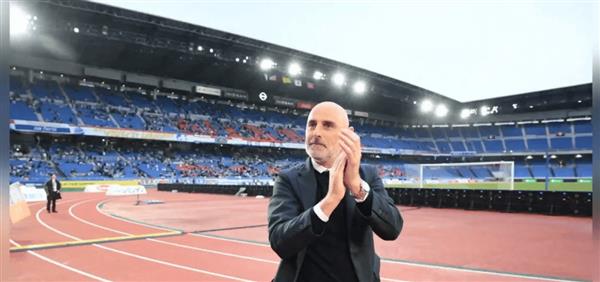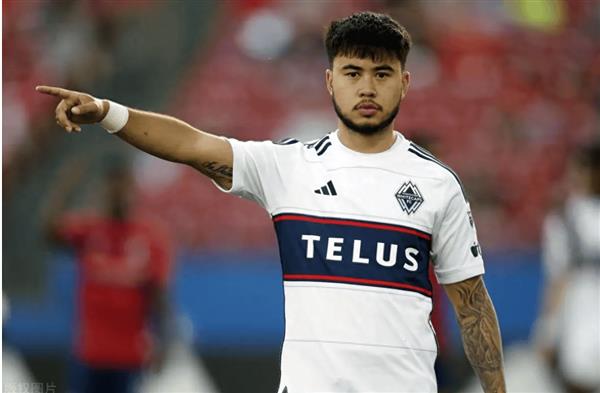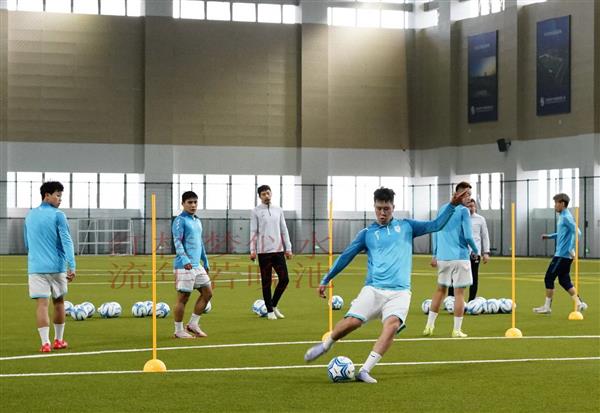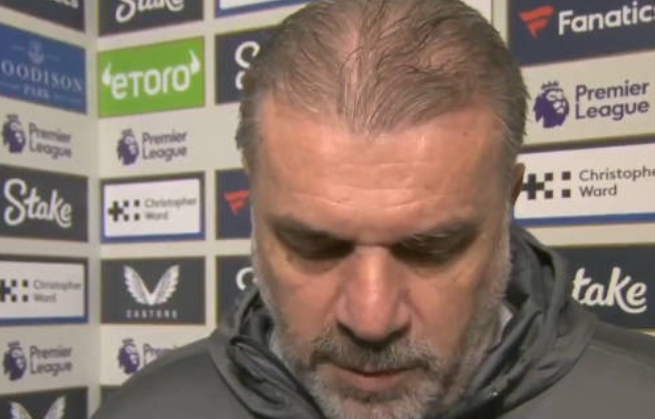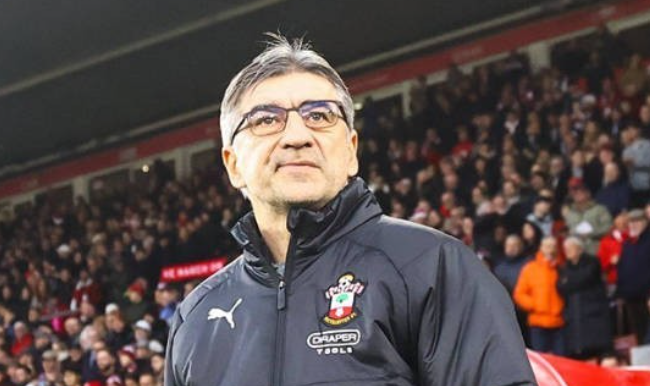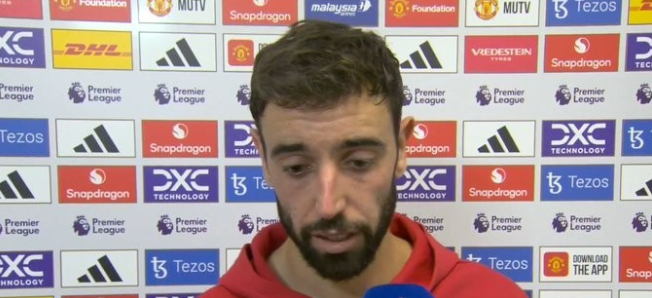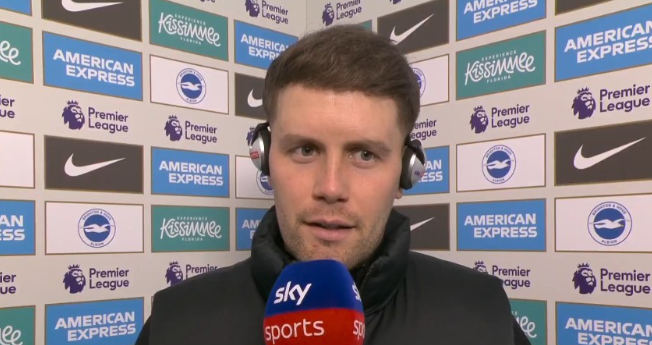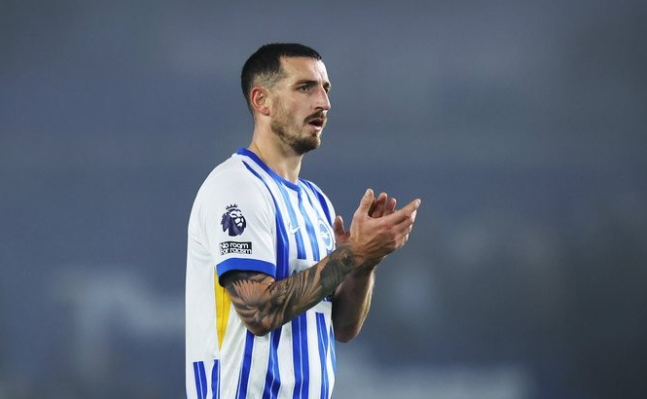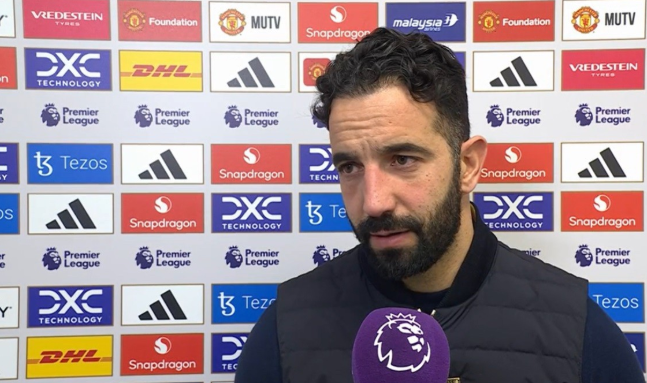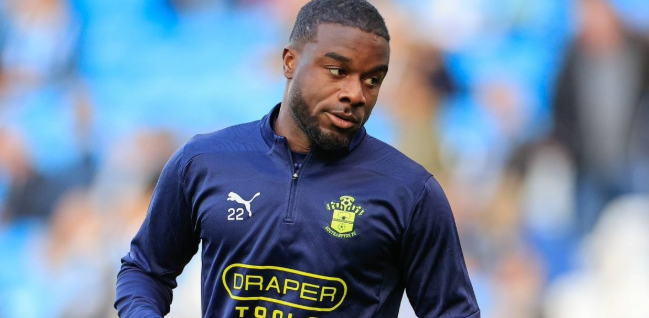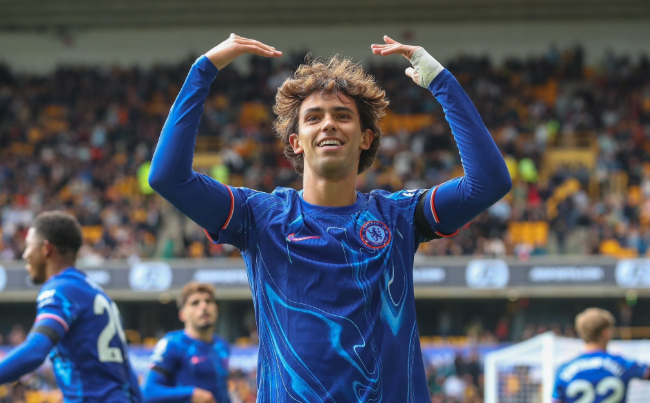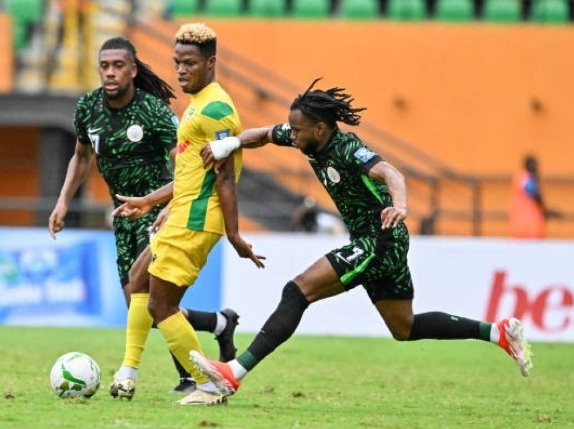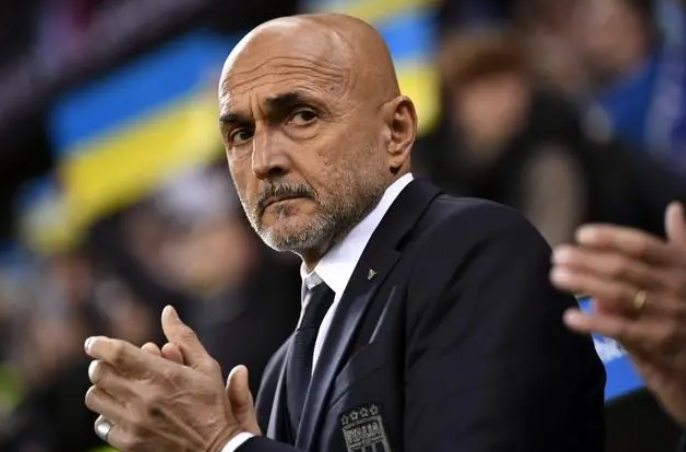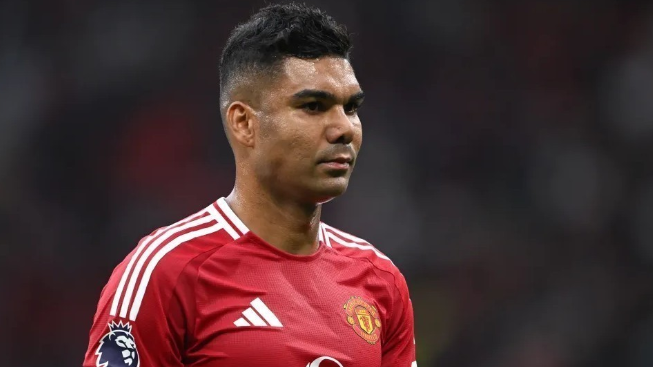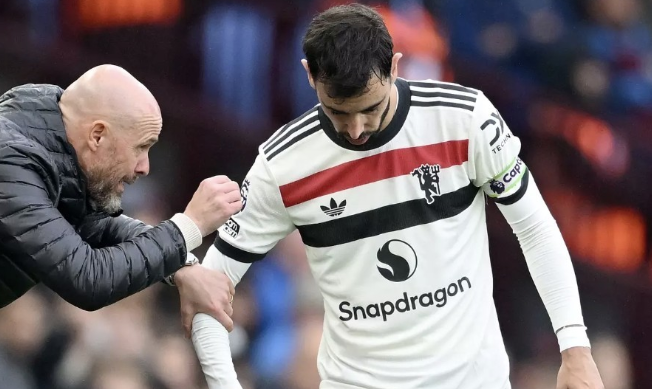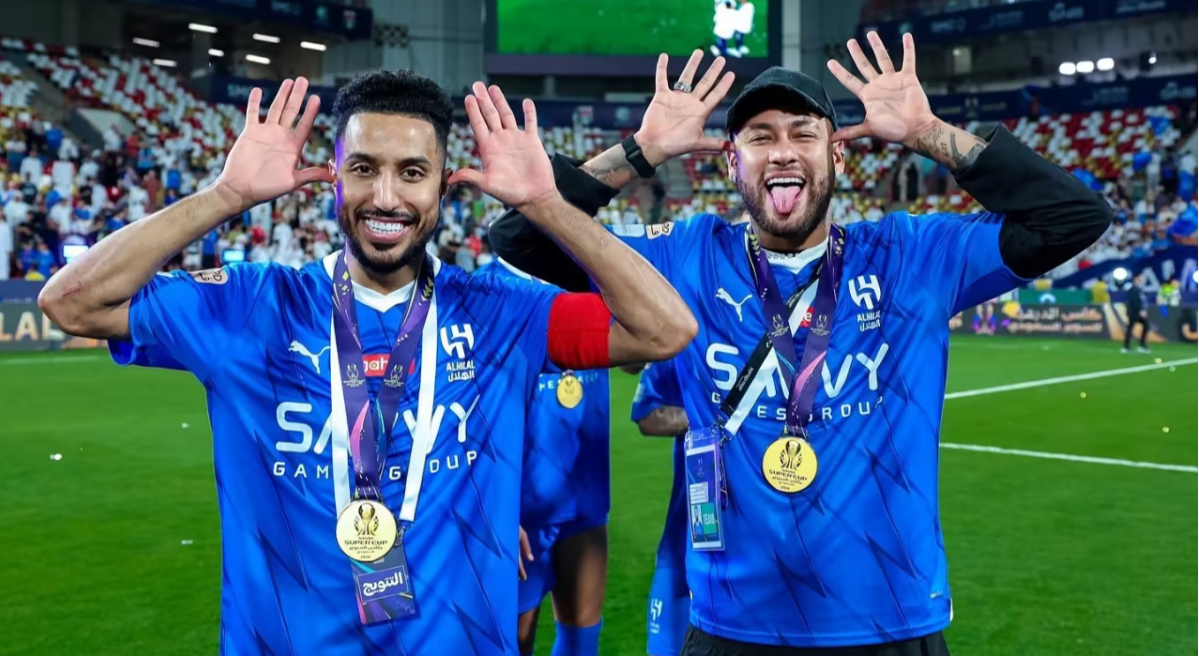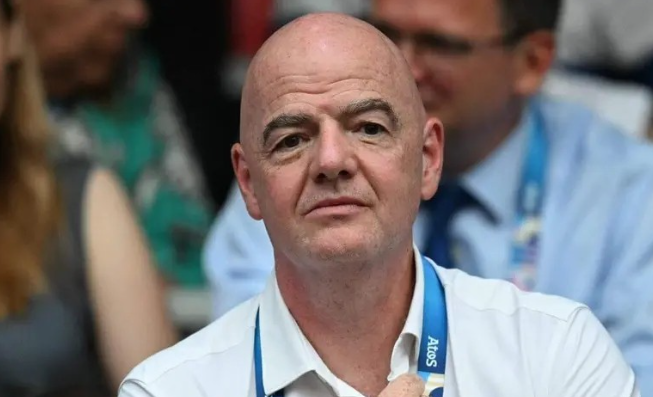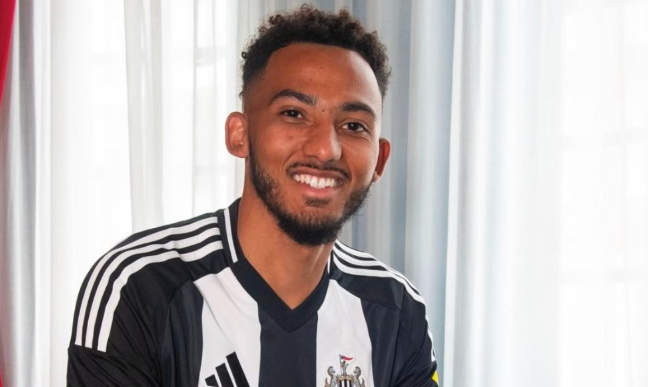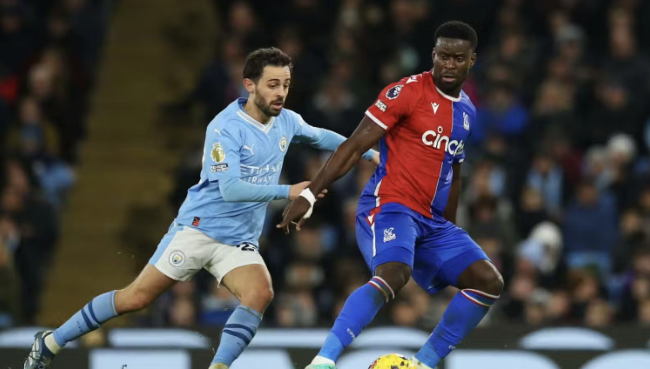
Since 2000, Suzhou has started the prelude of women's soccer youth training, which has been going on for more than twenty years now. In the face of the introduction of this new policy, we women's football workers are doubly excited, and firmly believe that it will inject new vitality into the cause of women's football and open up more possibilities.
Luo Ranfeng: My focus is quite similar to that of President Wang, but I prefer to think from the perspective of an ordinary fan. What I am most looking forward to about this policy is whether I can feel a stronger atmosphere of women's soccer in my daily life in the future, for example, whether I can have more opportunities to meet girls who also love soccer when I play.
Zhang Wen: What factors may be related to the background behind the introduction of this policy on women's soccer?
Wang Jianjun: At the beginning of the year, the women's soccer team won the Asian Cup, which received widespread attention. The overall strength of women's soccer has always been very strong, in the "to the world" road, better than men's soccer.
2019, Women's World Cup, China breaks into the round of 16
Zhang Wen: The global women's soccer movement has changed a lot since the last time it represented the highest level in the world. At the turn of the century, the strongest teams were mainly the Chinese women's soccer team, the American women's soccer team, the Norwegian women's soccer team, the German women's soccer team and so on. Now, the level of women's soccer in Europe has skyrocketed. For example, the England women's soccer team, which is in the same group as ours, has become the European champion with the help of some of the resources of the men's soccer team, such as the clubs and the youth training system. We hope to return to the top, but will it be more difficult compared to back then?
Wang Jianjun: Yes. When we won the second place in the Olympic Games and the World Cup, we went to the professional mode, while the European women's soccer at that time was still in the amateur system. Now people pay attention to it, and invest a lot in talent training, and the attention of women's soccer matches is also very high, and there are even 90,000 people watching the final of the European Cup. Now we want to do well in the World Cup or the Olympics, it is definitely more difficult. In order to achieve the goal, it is crucial to start from the aspect of youth training.
The problem of youth training is also a problem of education
ZHANG Wen: The issue of youth training mentioned by President Wang is closely related to the goals in the policy. For example, at the competitive level, the World Cup next year and the Olympic Games the year after strive for the top eight, the World Cup in 2027 and the Olympic Games in 2028 strive for the top four, the World Cup in 2031 and the Olympic Games in 2032 strive for the top three. The youth training itself also has a clear goal, 2025 construction similar to the Taihu base of the women's football youth training center reached 30. At present, how is the reserve of Chinese women's soccer talent? How many youth training centers are there?
Wang Jianjun: As far as I know, there are about 14 or 15 women's football youth training centers in China. Jiangsu and Shanghai have been doing well in women's soccer youth training. The Jiangsu Provincial Games set up two divisions of women's soccer in 2000, with age groups roughly in the 85-86 and 87-88 years. Shanghai's Putuo District began to pay attention to women's football at an early stage, and they usually start selecting materials from kindergarten and enter systematic training in the first grade of elementary school.
In contrast, when we first started the women's soccer youth training, we mainly focused on the corresponding age group according to the age group set by the Provincial Games, and we started the systematic formation of the team at the age of about eleven or twelve years old, which is one cycle later compared to Shanghai. Later, we cooperated with Suzhou Taihu Lake National Tourism Resort Culture, Sports and Tourism Development Bureau, the venue resources increased, coupled with being named as a women's football youth training center, we increased the age group of the ladder according to the requirements of the CFA. Now the youngest age group is 13-14 years old, which is around seven or eight years old.
Children in training at Taihu Base
Zhang Wen: When discussing youth training, we usually combine it with the soccer population, but in fact these two stages are different. The first is to expand the population and increase the number of girls playing soccer; then it is to screen talents and retain the seedlings found from the participating population through the youth training system. How is the process of bridging the two currently going on in the country?
WANG: There is certainly a need to develop the soccer population. Twenty years ago, we mainly did elite player training, but then we encountered the challenge of children's prospects. If a child specializes in soccer, but the problem of future prospects is not solved, parents will have a big opinion. Now our thinking has changed to increase the number of people who play soccer first. However, it is true that there are a lot of challenges as to whether we can screen out the elites, such as the issue of teacher training. There are now fewer people engaged in grassroots coaching after retirement.
Zhang Wen: The program mentions optimizing the mode of running the national team, adhering to the combination of state-run and social-run, and actively exploring the joint building of national teams at all levels with localities, colleges and universities, as well as clubs. So, is there any possibility that the way out for children practicing soccer is to cooperate with colleges and universities to jointly explore?
A view of Suzhou Taihu Soccer Center
Wang Jianjun: Now the youth piece of education is very important, against only playing soccer without learning. We try to let the children playing soccer do not delay school, including out of the game, as far as possible to let the cultural teacher accompanied, so that the evening can also help the children to make up for the lessons, so that they do not fall behind too many courses.
Zhang Wen: When discussing the youth training of men's soccer, there are often voices pointing out that the best batch of men's soccer players still playing are still from the 85-87 age group, who happen to be the last batch of purely professionally trained players, and then later start the model of professional and vocational together. Which model is currently dominant in women's soccer? Which model do you think should be favored in the future?
Wang Jianjun: Taihu base women's football youth training is still "three centralized" (training, study, food and accommodation) mode, all the children are concentrated in a school training. The men's soccer team is in a position to adopt the walking training system because of the large number of participants. For example, Suzhou has more than 260 National School Football Characteristic Schools, which usually cooperate with youth training organizations, so that the training conditions and environment are guaranteed, and there can be full competition between schools and organizations. On the other hand, there are fewer schools with women's soccer programs, and it is difficult to guarantee training time and quality by using the walk-in training system. If the excellent seedlings are not centralized, they are likely to be lost.
Traveling around the world to see different role models
Zhang Wen: The program has repeatedly mentioned supporting players' overseas development, establishing overseas offices or overseas youth training centers, and providing more opportunities for professional and youth players to study and play abroad. Is there a lack of such opportunities in domestic women's soccer at present?
Wang Jianjun: Last year's Olympic women's soccer qualifier was held in Suzhou, I also went to watch the game, and I feel that the psychological quality of women's soccer girls is relatively not hard enough, which should be related to their participation in international competitions less opportunity. Let them go out to see, really encounter the big game will not be so nervous, which is very beneficial.
China's women's soccer team competes with the Netherlands at the Tokyo Olympics
Zhang Wen: Women's soccer follows the same law of development as men's soccer. The first step is to establish the base of the pyramid, with enough participating population; then comes the youth training system in order to retain talents and cultivate stars; the stars also need to have a very good professional league as a stage, including playing overseas, so that they can play enough high-level matches and get good enough treatment to encourage them to play better. It is only when these steps are done well that the national team will be inspired to do well.
Mr. Luo Ranfeng: Overseas experience helps to broaden the horizons. This vision exists not only at the level of technical and tactical competition, but also at the level of market development. The program mentioned the "market" part is relatively small, mainly focusing on the organization of the chapter in the "improve the input mechanism" part of the description, pointed out that "encourage social forces to develop women's football, increase market development efforts, increase Encourage social forces to develop women's soccer, increase market development efforts, increase industrial income, and broaden funding sources. Establish and improve the financial input mechanism of government support, market participation and multi-party financing to support the development of women's soccer". In the long run, the development of the women's soccer market should also be an important theme in the development of women's soccer.
The reform of the commercialization of women's football has always been a global problem. In recent years, Europe and the United States have begun to see a turnaround in solving the problem by tilting traditional soccer resources. We have talked about how women's soccer in Europe and the United States have made progress after sharing training conditions, nutritional conditions, and logistical conditions with men's soccer, and there have been some positive news recently, such as the increasing presentation of women's soccer elements in games by the famous overseas gaming company, ET Sports, as well as its cooperation with the famous sports streaming platform DAZN to promote women's UEFA European Championships broadcasts.
For the Chinese women's soccer team, our long-term expectation is definitely that its attention is not just a flash in the pan due to improved results in one tournament, but that there are people who really care about it as a spectator sport in the long term. So this will ultimately involve the market.
Zhang Wen: Speaking of market development, we also look forward to cultivating ball players, and then using the effect of ball players to set off a consumer boom and social attention, as well as providing role model power for the next generation of players. President Wang, what examples have you found from the young players that they set up their idols?
Wang Frost is the idol of many young girls who play soccer
Wang Jianjun: National teams often come to our base to train, and the young players are lucky to be able to interact with them often. Some of the kids will idolize the best players in their position, such as Wu Haiyan for the center backs and Wang Frost for the attackers. These national team players are very influential in the children's minds, and we expect their idolization to lead the children to better development. Sometimes the Chinese women's soccer team comes to our school to interact with the children, so they can get close to the highest level of players in China, for example, the youngest players play with Wang Frost in a game of bouncing the ball and so on, and the impact is very positive.
Zhang Wen: Like President Wang and Luo Ranfeng, I was very excited to see the Chinese Women's Football Reform and Development Program (2022-2035). It's a very detailed program, from the national team's performance to youth training, covering how we have to take every step to lift up the development of Chinese women's soccer. For the actual development of Chinese women's soccer in the future, we need to rely on frontline figures like President Wang who have been working on women's soccer, especially on women's soccer youth training, as well as Ran Feng and I who have been cheering for every breakthrough in women's soccer. I look forward to looking at the program again in 3-5 years and seeing that some of the goals have been reached. Thank you both for being guests on the program, and we'll see you again next time.

